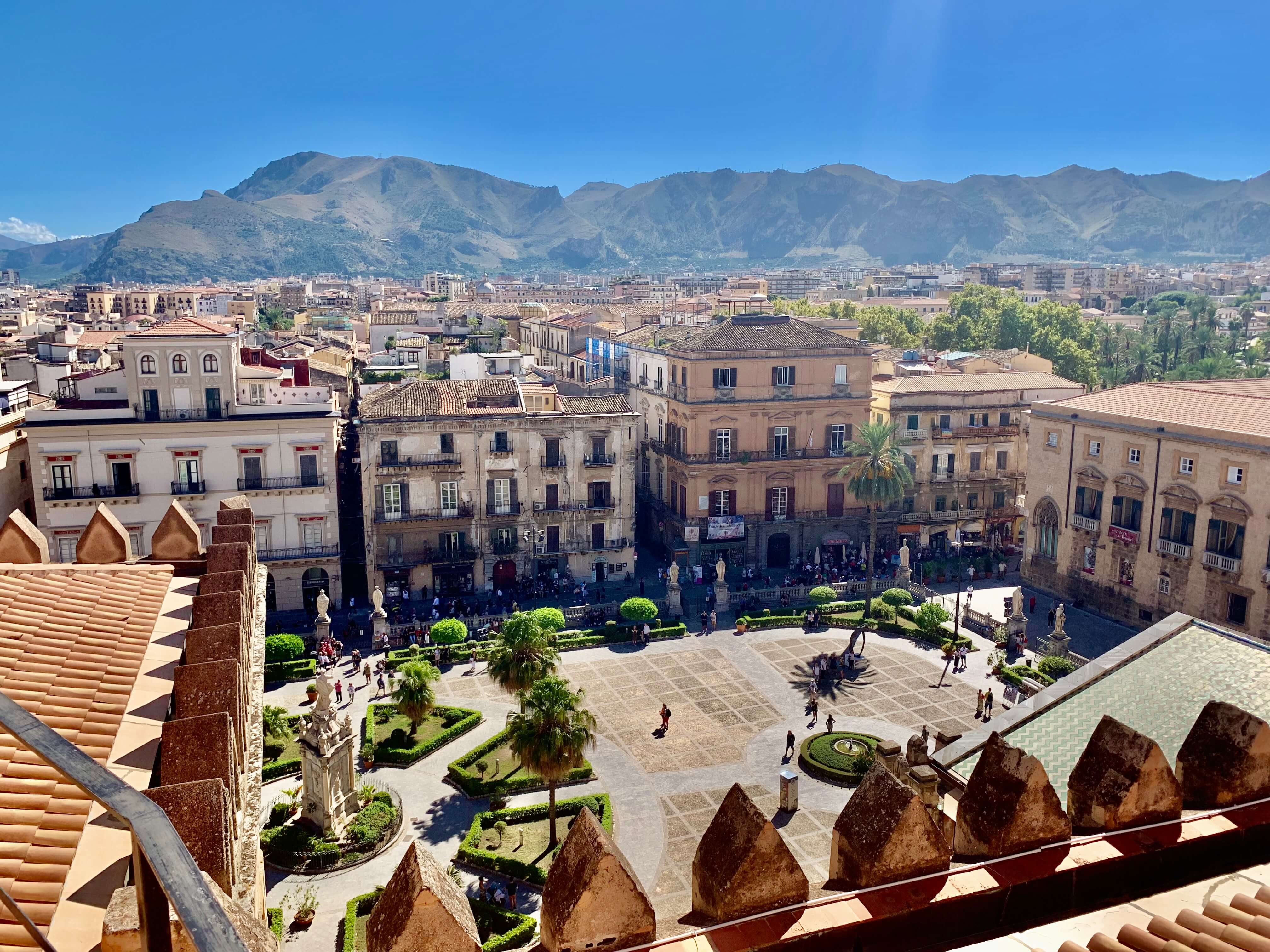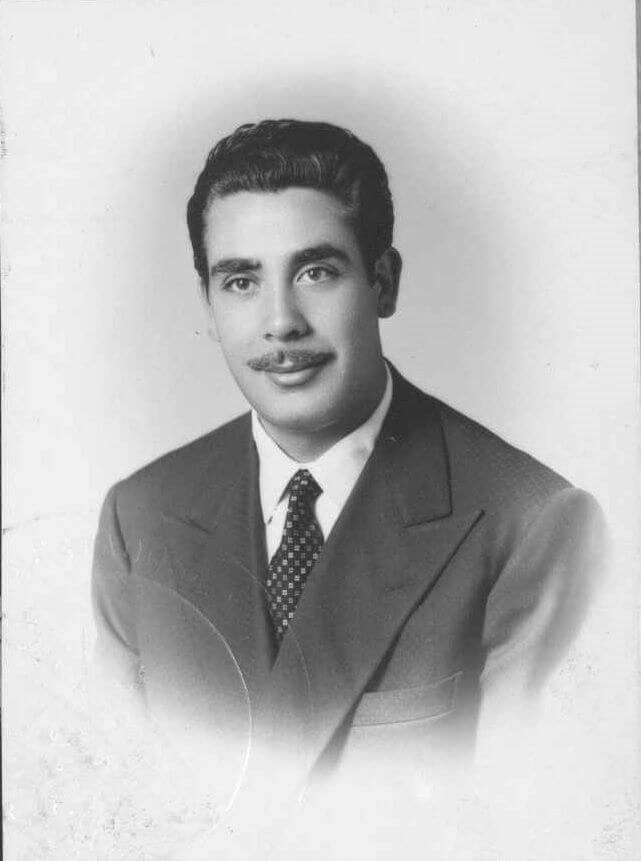- Home
- Trinacria - The Symbol of Sicily
Trinacria: secrets behind the Timeless Symbol of Sicily
Sicily is an island in the south of Italy. And not just any island - it's the largest island in the Mediterranean.
Today, Sicily is part of the Italian state. However, its long history only partially intersects with the rest of Italy.
The Autonomous Region of Sicily is currently home to five million people. Throughout history, many Sicilians have emigrated to other parts of the world, particularly the United States.
With its rich cultural heritage, the island is deeply intertwined with the symbol of Sicily called Trinacria. At the heart of Sicilian life, this symbol represents the island's enduring history and cultural significance. It serves as a powerful emblem of Sicily, embodying its unique identity and resilience.
So, without further ado, let's delve into the depths of Trinacria's history. We'll examine its intricate design and explore its profound cultural significance as the enduring symbol of Sicily.
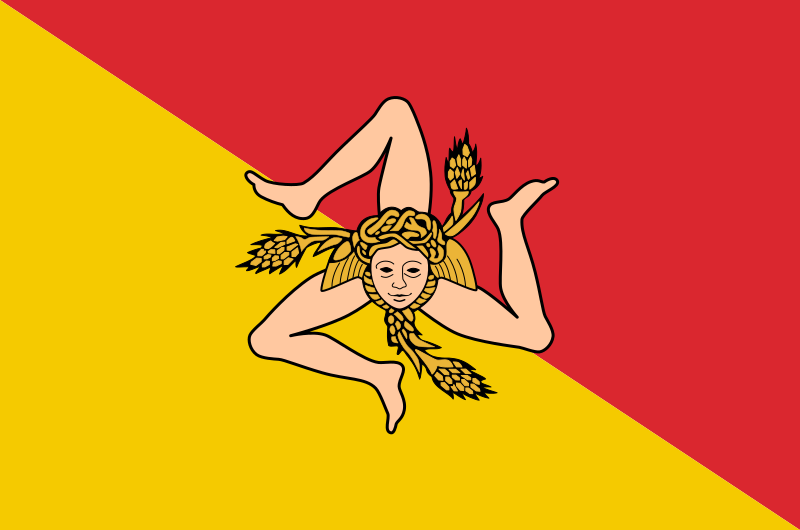 Trinacria in the flag of Sicily.
Trinacria in the flag of Sicily.A Symbol That Transcends Time
The Trinacria symbol, with its unique design, features Medusa's head at its center, surrounded by three legs. This design, often called the 'three-legged woman,' profoundly connects to Sicily's history and culture.
The three legs refer to the three corners of the island. This tradition goes back a thousand years to the Muslim period, a.k.a. the Emirate of Sicily. It was essential to Sicily's history when many cultural changes occurred.
At that time, the island was divided into three administrative regions called Vals. These were Val di Noto, Val Demone, and Val Mazzara.
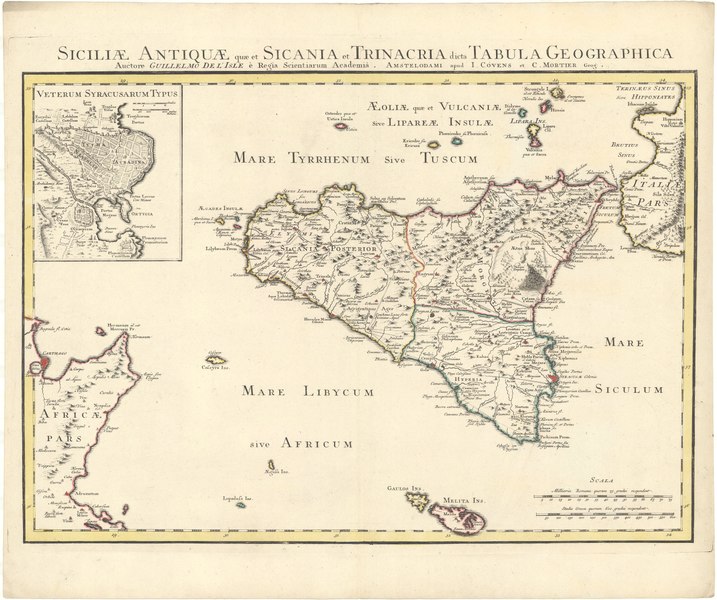 Three Vals of Sicily.
Three Vals of Sicily.These different areas had their own distinct scenery and farming cultures. At the center of the Vals was the town of Enna, also called 'the navel of Sicily' because of its central location.
Medusa in Trinacria has snakes for her hair and ears of wheat. The snakes are part of Medusa's mythology. The wheat refers to the island's exceptionally fertile soil, which Sicily has always been known for.
The Mythical Background of the Symbol of Sicily
The Trinacria symbol has its roots deep in history. In ancient mythology, Medusa was one of the daughters of the sea god. Her gaze was said to turn mortal men to stone.
Medusa's head has also been used as a talisman. It protects the wearer from evil forces.
Over the millennia, Sicily has had its share of foreign rulers. Often, the rulers have had little interest in the well-being of Sicilians.
As a symbol of Sicily, the Trinacria refers to the Sicilians' perseverance and endurance in the face of multiple oppressors. And indeed, the many trials and tribulations seem only to have strengthened the Sicilian people's character.
Symbol of National Pride and Independence
Besides its mythical significance, Trinacria also has a more practical meaning. It is a symbol of Sicilian identity and independence.
The head of the Medusa was first seen in this context in 1282, the year of the rebellion of Sicilian Vespers. In this bloody revolt, the Sicilians slaughtered their French rulers.
Later, the Trinacria became a symbol of the Sicilian revolution in 1848, a significant period in the island's history. During this time, the Sicilians fought against their Austrian rulers in a wave of European revolutions, with the Trinacria serving as a powerful emblem of their struggle for independence.
Then, in 1943, during the Second World War, Trinacria became the official flag of Sicily. The flag was first adopted by the pro-independence politician Andrea Finocchiaro Aprile.
The flag's colors are yellow and red. Red is the color of Palermo, and yellow is of Corleone. These two cities started the Vesper Revolution in the Middle Ages.
The Trinacria has not been only a symbol of Sicily. Many noble families have used it in their coats of arms. Even today, Trinacria is in the flag of the Isle of Man. However, only the legs, not the head.
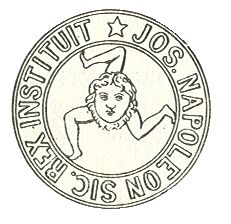
Contemporary Relevance of the Symbol of Sicily
Today, Trinacria can be found in many different places in Sicily. It adorns handicrafts, sculptures, jewelry, and art, for example.
Over the millennia, Trinacria has become a symbol of Sicilian pride. It encapsulates not only many historical difficulties but also many good things.
Sicily's many conquerors could often make the lives of its inhabitants a living hell. But many of them, such as the Arabs and Normans, also brought a lot of good things to the island.
To this day, the many gifts of the ancient conquerors live on in everyday life. You can encounter them in foods, customs, and architecture.
Trinacria also symbolizes this side of Sicilian heritage.
Cultural Preservation
Today, the Sicilian flag can be seen flying proudly in front of official buildings alongside the flags of Italy and the European Union. Sicily is no longer the isolated place it once was.
Yet, the local identity remains strong. There is a healthy skepticism about outside influences. History has shown how even the most persistent conquerors eventually disappear.
Sicily, on the other hand, has not disappeared. Just as Sicilian culture has not disappeared. The most tangible symbol of this culture is Trinacria.
Culture is not just something dead, locked away in museums. It must be cherished day after day. It lives in deeds, speech, thought, and the many festivals that dot the year in Sicily.
In this way, the symbol of Sicily is reborn every day. It is reflected in official things like teaching and cultural events, everyday decorations, and objects of daily use.
It is passed on from generation to generation as a crystallization of Sicily's long history. In this way, it reminds us how the bad times were overcome and how the good times continue in the island's many traditions.
The Symbol of Sicily: Conclusion
Trinacria symbolizes Sicilian life, reflecting history, culture, and mythology. It is also used as a protective amulet.
Most of all, Trinacria symbolizes Sicilians' perseverance and national identity, both in the past and today.
Trinacria is part of Sicilian culture. It can be seen in many objects, from the flag to ceramics and jewelry.
Today, this symbol of Sicily flies side by side with the flags of the Italian State and the European Union. Those young newcomers.
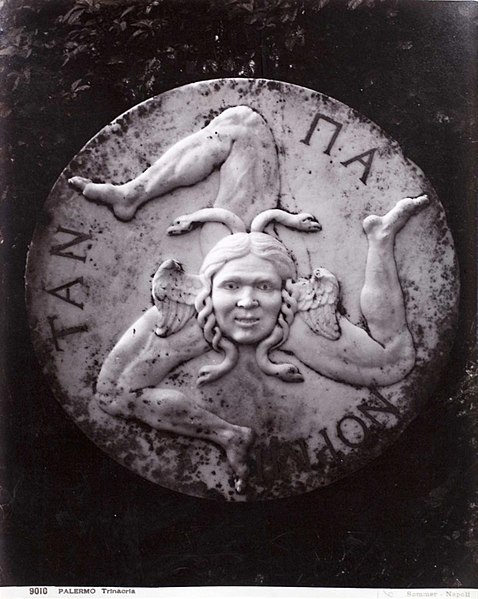
See Also:
(This page last edited: January 28, 2025)
Recent Articles
-
Sicilian Food - Rich Flavors, Endless Passion
Apr 09, 25 09:54 AM
All you need to know about Sicilian food, its ingredients and history. -
Things to Do in Palermo - Tips for a Perfect Holiday
Apr 05, 25 04:27 AM
Things to Do in Palermo - From historic landmarks to delicious food, this guide has it all. -
The Story of Tommaso Buscetta: From Mafia Boss to Key Witness
Mar 30, 25 05:12 AM
Tommaso Buscetta built Sicilian Mafia into a global empire - which he then destroyed.
Follow MANY FACES OF SICILY on Facebook, Instagram, Bluesky & Pinterest
Contact: vesa@manyfacesofsicily.com

